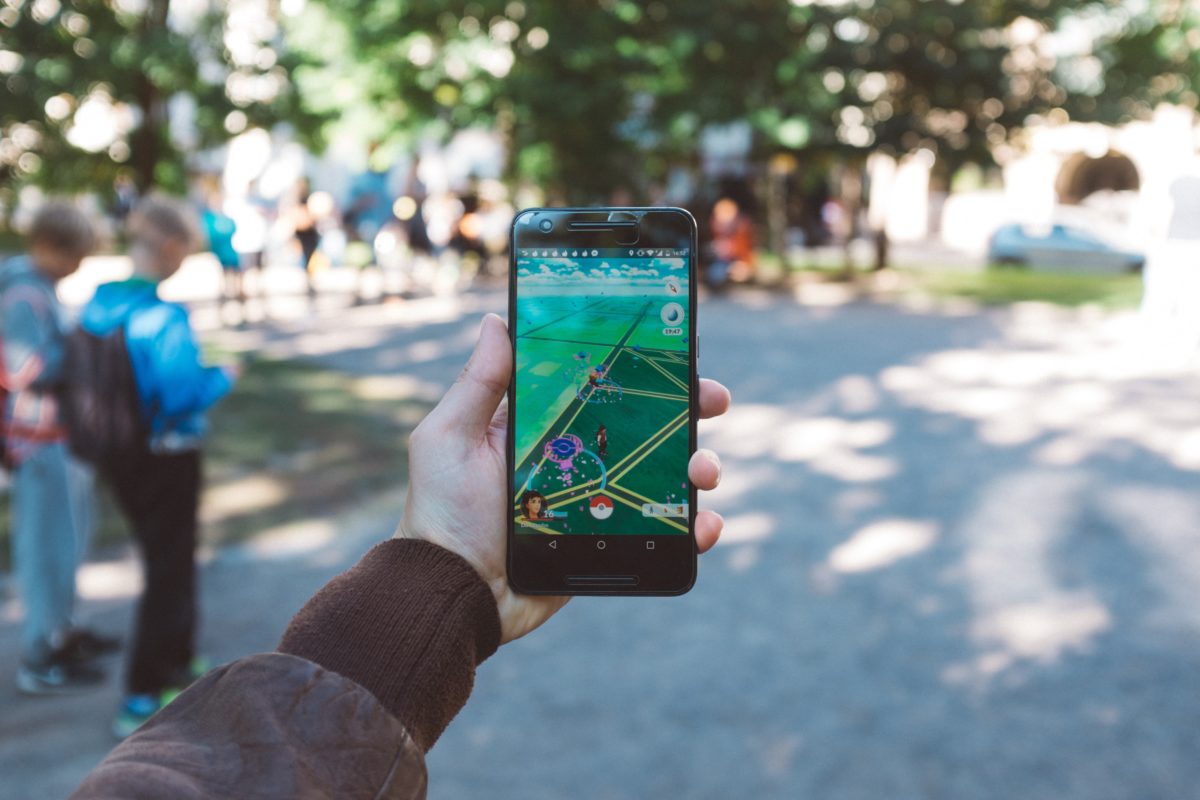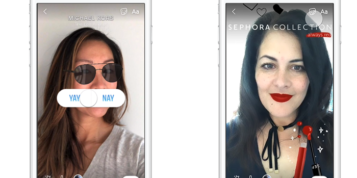Games are more popular than ever before. On top of the advanced technologies and multiplayer nirvana pumped into today’s thumb-bashing entertainment, they’re getting even better at sucking people in. This ability to immerse audiences into content has meant brands have been exploring this area in even greater depth.
Gamification appeals to an almost universal demographic – anyone who likes the idea of fun – and can give big names an even bigger presence with savvy collaborations. Take Snapchat and Bud Light’s Bud Bowl game, which accumulated 4,700 playing hours with an average watch time of 108 seconds during last year’s Super Bowl LI – that’s a lot of eyes on phones for a game taking place on the green.
Its success boiled down to it understanding the fundamentals of what people want from a game. Riffing off an iconic ‘90s Bud ad for Super Bowl, it gave users a little kick, a cheeky nostalgic throwback. It allowed them to play in the past while interacting with a modern-day brand and campaign that was very much omnipresent at the time of the activity.
Gamification makes people feel more human. Yes, they know they’re being marketed to, but they appreciate that you’re treating them as a living, breathing being, a stakeholder, rather than just a number.
We’ve known about this potential for a while, but it’s picking up even more pace as brands realise that we can turn marketing into something which actually adds value to people’s lives – proper value, real value that’s measurable via engagement. It builds a customer experience that truly shines.
The key to brand engagement lies in creating a rewarding, fun experience for the consumer. Recent research attests this, showing that the application of gamification in digital health interventions – things like Nike’s fuelband, a Fitbit, or even a smartphone app – increases physical activity, with 53 percent of participants regularly achieving goals in gamified apps versus 32 percent of those who don’t use them.
It creates a competitive edge – something omnipresent in sport, anyway – but the only person you need to beat is yourself. It’s not practice anymore. Audiences have a clear goal and the way to get there is through a game, through interaction with the interface, through incremental improvements on your past attempts. But it’s seen less as training and more as a game. Which suits most people fine. Because training is boring. Games aren’t.
Gamification’s benefits stretch far beyond the fitness and health arena, though. Brands in all industries constantly vye for customers’ attention – what better way to stand out than by offering fun, achievable incentives?
Duolingo undoubtedly rules the roost here. Fronted by an affable green owl, the language app turns learning language into a genuinely engaging game, setting small goals and rewarding you with ‘gems’ – because, remember, just about every successful game with a cute character inevitably has you collecting gems. There are various trophies you can rack up during the day. The more days you play on the trot, the hotter your streak becomes. When you lose that streak, your overall language knowledge hasn’t vanished because you took a day off, but the brand’s tactics have succeeded. You’ve been sucked into the game.
Everything from the anthropomorphic character cheering you on, the streaks – something Snapchat has again proven popular – and the trophies comes from gaming. It’s a clear reward system that plays like a game but also brings in the dopamine-quenching social currency of social media – you can interact with friends and share across your socials. What else does that? Oh, yes – games.
Marketers could do well by taking the Duolingo model and applying it further. Learning a language is hard. It’s not normally seen as ‘fun’. What other areas suffer from similar pitfalls?
Banking. Saving is tough. Real, adult life isn’t such a breeze compared to playing Xbox with your friends after school. Enter Cleo, the sassy AI assistant that helps you save money. Cleo’s advice was so spot-on, 77 percent of users stopped using their own banks’ online services within three months. Because Cleo was insightful and entertaining; this model is, in a way, gamification. It’s a facade. Role-playing. You’re interacting with someone who isn’t real, but you play along because it benefits you and it occasionally makes you smile.
How could banks combat this? How can they offer something genuinely helpful to customers while also appealing to their playful side? Maybe you get to go on an in-app ‘spending spree’ with imaginary money once you reach a real-life saving goal. Perhaps you get to race debt collectors once you pay all your bills for the month. Those two examples might be a bit too Nintendo for their own good, but the point still stands: both Cleo and Duolingo’s performances have shown that just functioning, merely existing, doesn’t cut it.
It’s imperative that marketers harness gamification to generate continued engagement and cut-through going forward. There are so many avenues to wander down, so many colourful opportunities to explore. If you don’t offer something special marketing-wise – even if your product or service is top-tier – then it could easily be game over for your campaign.



